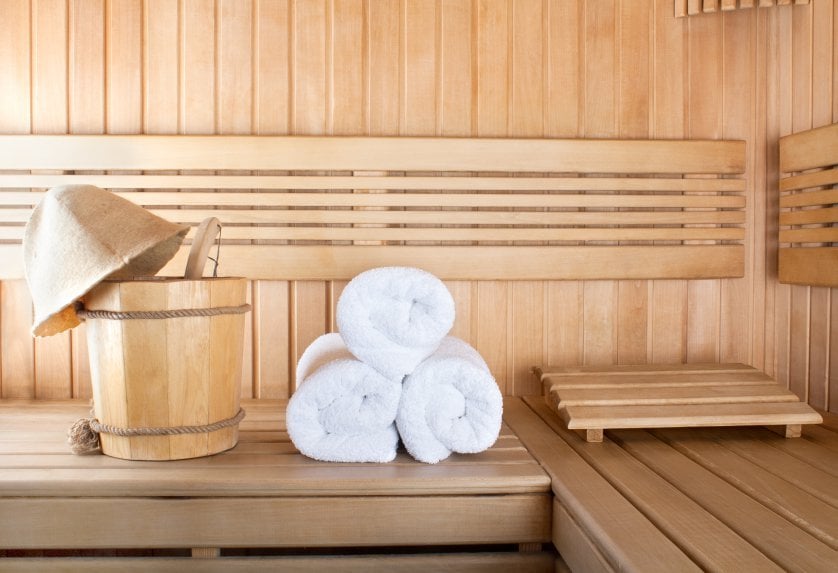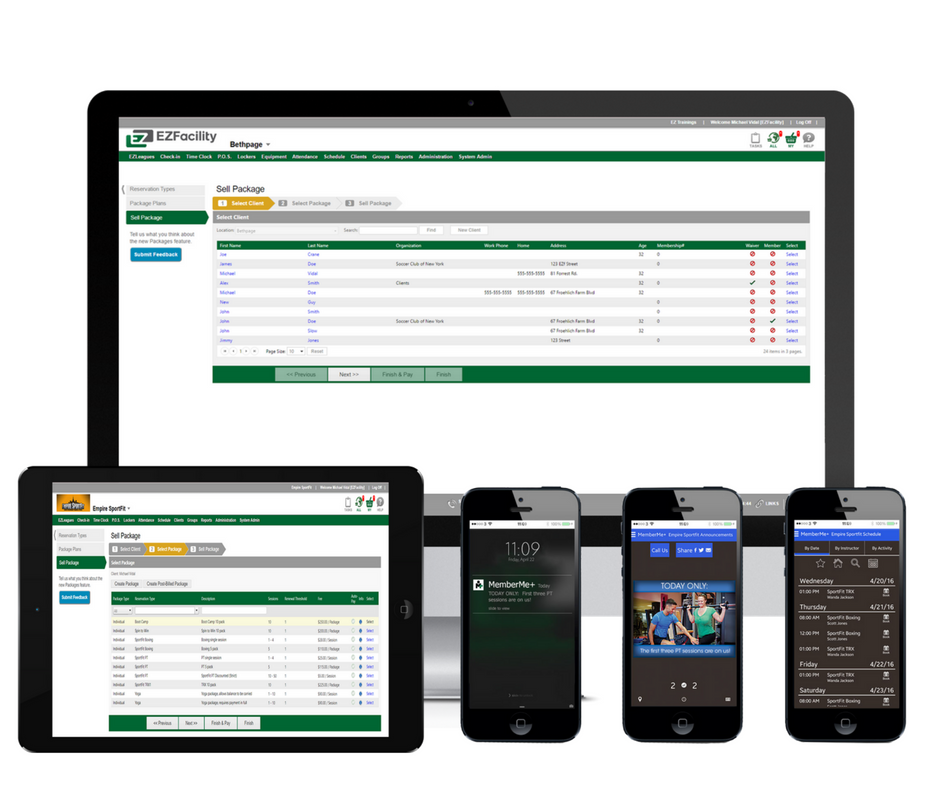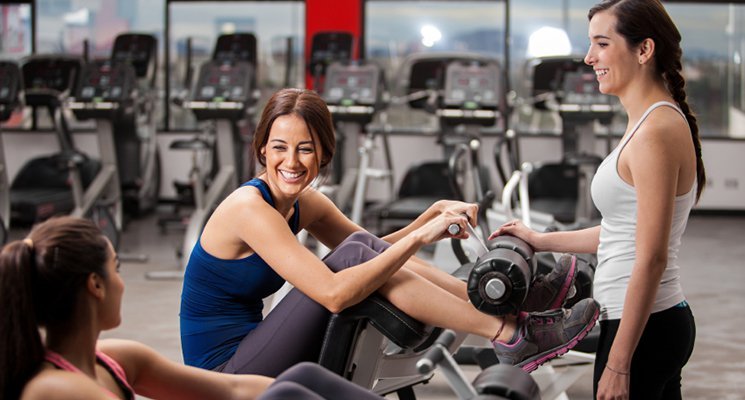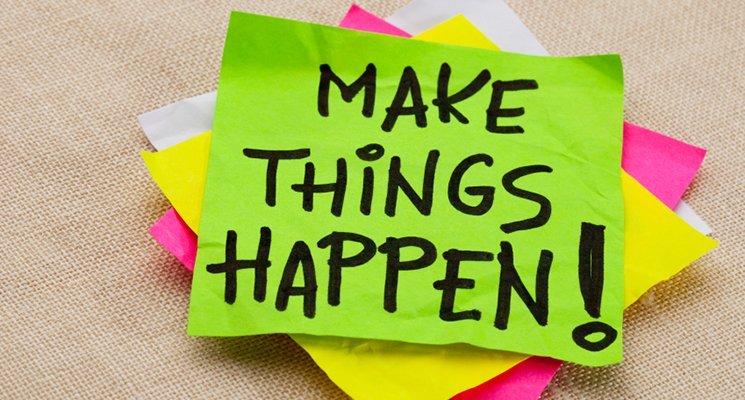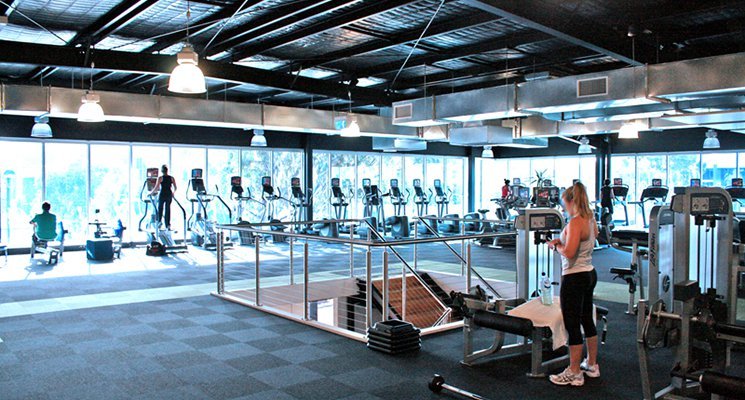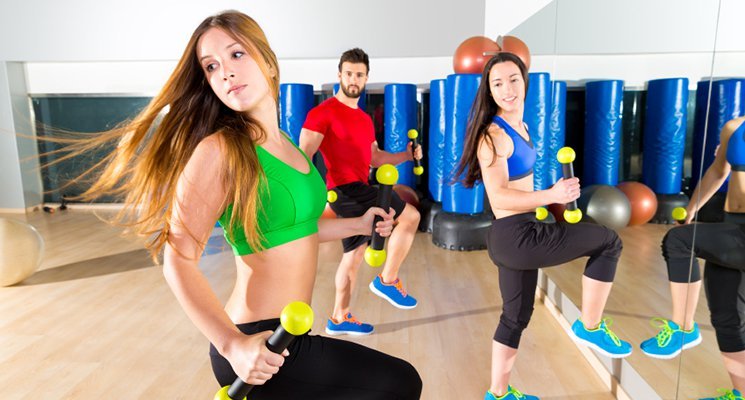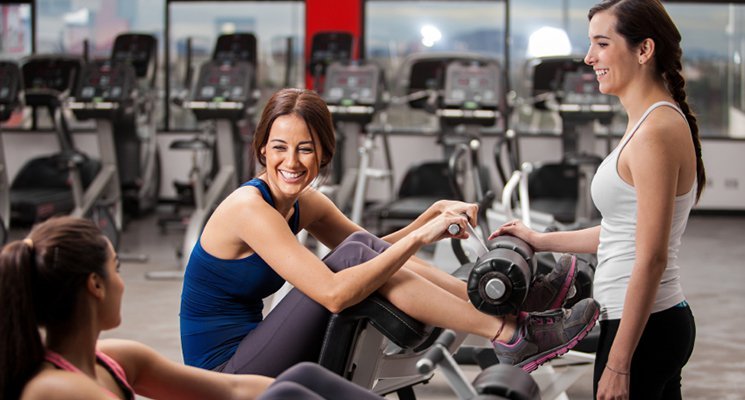There are certain tasks any employer has to manage: hiring dependable workers, handling employee benefits, organizing HR paperwork. Then there is one particular task that presents unique challenges to employers in the fitness industry: staff scheduling. If you run a health club or other kind of fitness facility, chances are you know what I’m talking about. You employ many different types of employees, and your facility is open from early morning till late night (or perhaps even 24 hours a day). With a number of part-time jobs that need to be filled, maybe you hire students who have complicated schedules you have to work around. Perhaps you need after-hours cleaners to get your facility ready for morning exercisers. And then there are your personal trainers and class instructors, whose hours vary from day to day and who may or may not take individual appointments with customers.
Whatever the particulars at your facility, no doubt juggling employee schedules presents complications. These days, most fitness facilities find that juggling next to impossible without a software solution. Or, at the very least, attempting to schedule the old-fashioned way proves to be an enormously time-consuming and endlessly shifting task. Makes sense: With front desk personnel, sales staff, class instructors, cleaners, life guards, personal trainers, child care attendants, laundry room managers, and many other types of workers, a fitness facility manager has to piece together employee schedules like a puzzle. Computers, of course, are great puzzle-solvers.
However, you can’t settle on just any software solution for the important work of scheduling. Look for products that will allow you to create an unlimited number of job classifications, first of all. Make sure the software you choose offers the option to define specific pay rates for each employee. You also will need a solution that lets you run and export detailed payroll reports in a range of formats, including xml files, csv, pdf, MHTML, excel, tiff files, and Word formats. Also key is a program that allows designated employees administrator privileges to override staff clock in/out hours (because in and out hours aren’t necessary clear-cut). And it’s important to consider a program that lets you restrict clock in/out functions to specific terminals.
What’s more, you want an employee scheduling system that will help your facility optimize trainer and instructor productivity by scheduling recurring sessions and eliminating double-bookings. Such solutions should allow you to create daily, weekly, or monthly schedules for trainers and instructors; meet individual client needs by offering pre-paid and post-billed packages; create unique trainer logins to track individual schedules and earnings; define customized commission and pay rates for each trainer; run reports detailing payroll and commission totals and other elements; and automate email and text reminders to clients and trainers about upcoming sessions.
The bottom line: Do your research before you choose a software solution that offers staff scheduling capabilities. Generic solutions might not have the capacity to handle the particular needs of businesses in the fitness industry; a better choice probably is one geared toward the industry. You spend significant resources on finding and hiring the best staff you can; be sure you piece together their work schedules in a way that will most benefit your facility.




